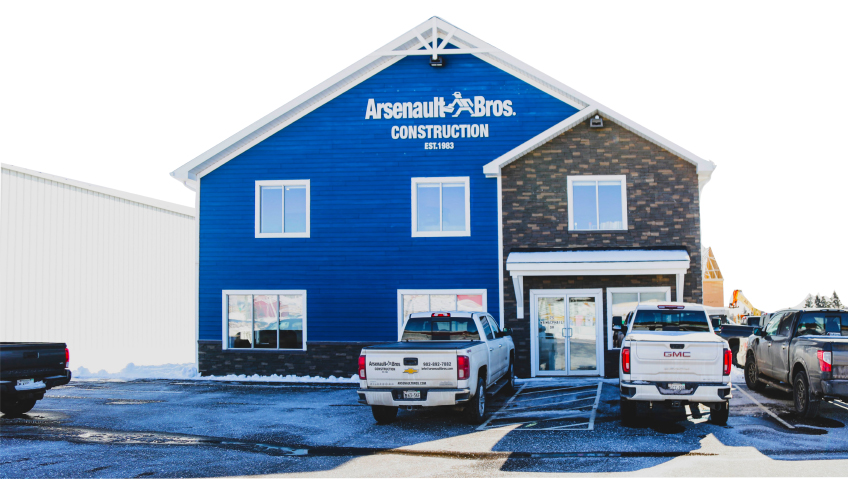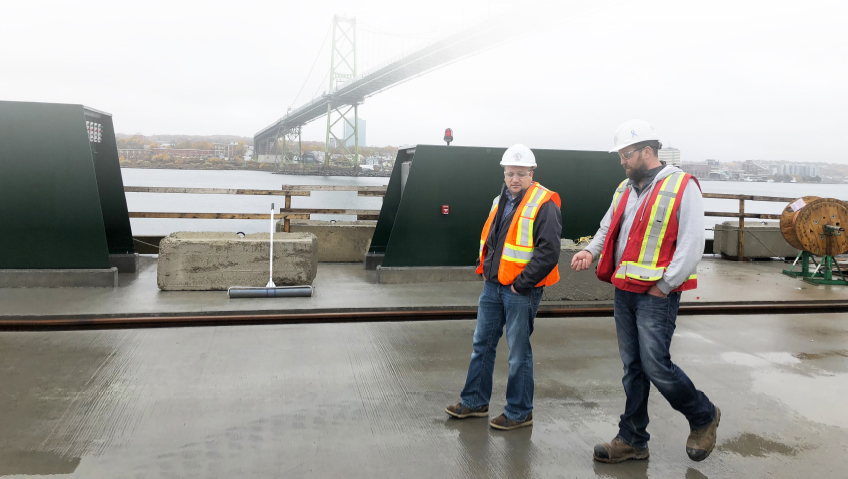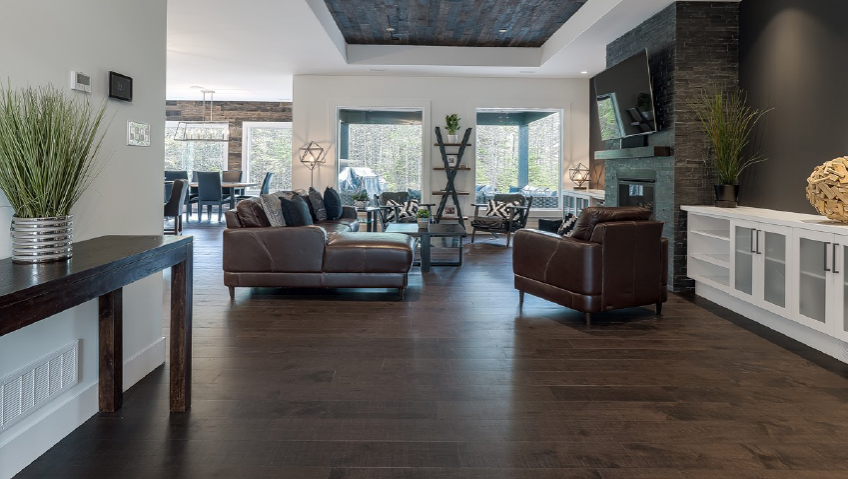Keeping costs down in a home or business is about more than labour and inventory – it’s about conservation, like energy-saving devices or keeping heat and air conditioning expenses low. There are numerous ways to make a difference in monthly bills, and Ecofitt is exploring them all.
Ecofitt is a diverse, award-winning manufacturer and installer of conservation-focused products and programs. It serves utilities, government agencies, and residential and commercial customers with energy efficiency programming, furnace upgrades and maintenance, lighting, weatherization, and smart home upgrades.
Dedicated to providing clean energy solutions to customers and clients, Ecofitt’s focus on conservation products allows it to offer a comprehensive range of services and support, from program development to implementation and management, energy audits, retrofits, custom energy-saving kits, and rebate programs.
“We’ve been in the manufacturing side for a while; however, in about 2005 we saw a need in the market here for a Canadian company that would do the supply and distribution of conservation products across Canada,” says CEO Robert Mains.
“That was mainly because there were no Canadian companies doing it at the time, and currently, there are still none.”
According to Mains, most companies who work in the industry have to source products through U.S. partners, which easily gets complicated by cross-border issues, particularly in the last couple of years.
“Ecofitt was mostly doing distribution and supply; however, in 2015 we saw another need in the market – for direct-to-manufacturer in Canada – so we started manufacturing our own line of lighting and water conservation products.”
That proprietary line included “Eco Brilliant” LED lighting products, as well as two water-saving product lines, the “ULTRA” and “ECO MASSAGE” series.
The company is completely committed to delivering exceptional results to each of its clients while also introducing clients to the most up-to-date products and technologies to help them succeed with their programs.
The company has also looked at sourcing some new items — including the idea of EV chargers — but in general Ecofitt sticks to supplying the government and working with energy efficiency programs across the country.
“We’ve predominantly manufactured for ourselves and for sale of the energy- and water-saving devices,” says Mains. “The Ecofitt products have become a smaller portion of our overall company. Our specialty over the past few years has been in the supply and install of energy savings products and conservation services to low-income and Indigenous communities.”
Those communities were identified through strategy sessions in 2018 as being generally underserviced with energy efficiency programs. The company also partners with governments and utilities, believing that it is much cheaper to conserve a unit of energy through energy efficiency and conservation than it is to create one unit of energy.
“In a household, if you can spend $100 to save $1,000 worth of energy in the year, that’s the basic principle of it,” says Mains.
“The provincial authorities that regulate the electric and gas utility systems have an integrated planning process. What comes out of that process is a series of specific programs for conservation,” says Mains. “Those are the programs we generally operate. There are a lot of bigger companies that do industrial, but we’re more focused on the residential and small commercial. It’s harder, but it’s our specialty. There are a lot of smaller transactions and smaller stuff from an energy conservation perspective, but that’s our focus.”
That focus allows the company to help others conserve wherever possible. For residential it’s easy if you consider the basic science of it, he says.
“You live in a box, and whatever heat you put in that box you want to keep in the box, and there are a number of ways to do that.”
That could mean more insulation in the walls, the basement, and the ceiling, which, depending on the size of your house, is the biggest part of the box exposed to the outside.
“Windows feel so cold because they generally only have about one-tenth of the insulation that walls do, and that’s the reality of a windowpane,” says Mains. “You can’t get insulation in the windows, but the walls or ceiling can have the biggest impact depending on the size.”
“We have programs all across the country from BC to Newfoundland to the Yukon,” Mains says. “In some areas, you sign up and get a kit of light bulbs, a window sealing kit, the plastic that goes over it, all the way to what happens in BC, where we’re doing insulation and furnaces, and all that is free for income-qualified customers.”
Although the industry may be small, it’s growing, but that growth often relies on whatever government happens to be in power at any given time.
“The changed governments in Alberta and Ontario at around the same time both decided that energy conservation wasn’t a thing that needed to be done,” he says. “But that’s recently been changed by the same governments, bringing back conservation. It’s an economic argument as much as an environmental one. If you can spend three cents, or even one cent, to save a kilowatt-hour versus 10 cents to create a kilowatt-hour, you should do the one cent first. It just makes more sense.”
All governments have both introduced and cut programs, he adds, but it’s the unpredictability of these government changes that creates turmoil. It’s a four-year cycle that affects the business significantly.
“I’ve been in this business since 2008, and I started with the federal EnerGuide program, which is basically the same as Greener Homes, but rebranded,” says Mains. “The most successful long-term programs are housed in utility systems. Once programs are embedded into the utility system, then it generally stays for a longer term.”
It’s a challenge they face, he says, but generally, all governments see the benefits once they realize the economics, and so the company perseveres with its energy-saving products.
While Ecofitt doesn’t currently manufacture its own thermostats or hot water heaters, he adds, it does have a number of supply partnerships with companies that do. More and more, Ecofitt projects involve the installation of smart technologies, such as current projects in BC and Newfoundland that install devices on regular water heaters that allow owners to put them on a schedule, or turn them off if they were gone for a length of time to save on unnecessary usage.
Another part of the equation is called “demand response,” says Mains. Ontario is having an issue (and also had one in the past) with rolling blackouts due to running out of energy. Rather than just turning off all the energy in one spot, the concept around demand response programs would be to turn off 1,000 hot water heaters across a bigger region, to keep everything level.
“This hasn’t been as big an issue in Canada, but the U.S. has a lot of programs that look for demand response where you can just turn off people’s energy – but turn off things that aren’t going to affect their lives too much.”
Ecofitt’s own challenges have included being completely shut down for eight months in 2020 due to COVID, and the company has fortunately escaped any significant impacts from the ongoing supply chain issues.
“There’s no manual for a pandemic,” Mains says. “They don’t teach you that in business school. There were some mistakes made, and it was a tough time, but we came out relatively unscathed. We’re still a company and a going interest so that’s good.”
That interest continues to flourish in a society where staying at home has become a new normal, coupled with an increasing awareness of conservation and energy efficiency in the general population, which, he says, ‘trickles up’.
“It trickles up to the people who create the programs and that’ll get us more interest which makes it easier. To be honest, it’s hard to give away free stuff. People don’t trust it, and they think there’s a catch.”
Other obstacles have included maintaining the labour force, but Mains believes the company’s mission speaks to people and will attract them to the organization.
“More people now are looking to do something with their lives that means something,” he says. “There’s a general interest across the board in climate change. People start researching and next thing you know, you’re getting an uptick on your recruitment.”
The company is also moving into small commercial lighting with programs across the country that focus on small-to-medium enterprises and new, smart lighting technologies that are showing growth in demand as well.
“It’s an interesting industry,” says Mains. “It’s really small and not a lot of big Canadian companies are involved. There are usually a lot of smaller local players which is good in a way. And we don’t run it like a big company. We’re technically medium-sized, but our regional offices run their regions independently, and we provide oversight and additional information and support for the regional offices.”
For now, Ecofitt relishes its unique niche in a market where U.S. companies that are trying to come into Canada don’t fully understand the market.
“It’s like taking California, turning it sideways and stretching it out by three times and up three or four times,” says Mains. “It’s a different beast. We’re specialized. We understand the market. We have regional offices and people to handle the relationships. I think that’s our strength; we’re national but we’re local. And we’re more local than national so that’s one of our big advantages.”






